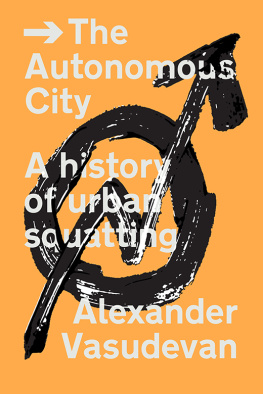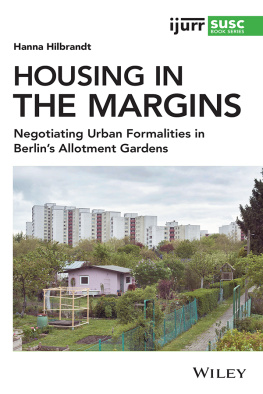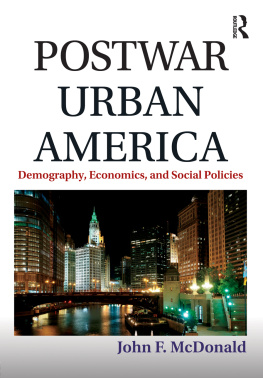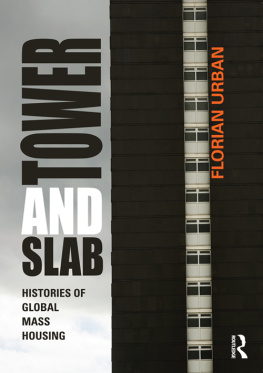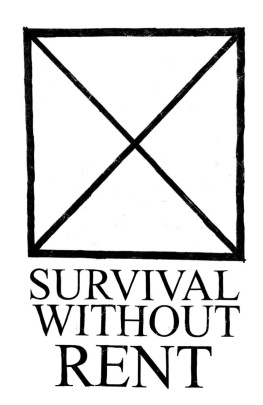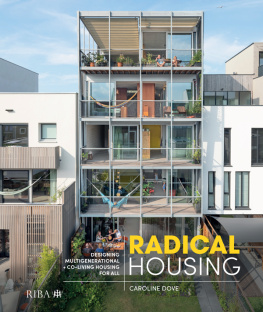The most intense point of lives, the one where their energy is concentrated is precisely there where they clash with power.
There can be truth only in the form of the other world and the other life.
Michel Foucault
In the early morning hours of 1 March 2007, the Copenhagen police launched a surprise operation to evict the occupants of the Ungdomshuset (The Youth House), a social centre in the district of Nrrebro at Jagtvej 69 that had for many years been run as an autonomous social centre. The house had been established in 1982 after the municipality delegated its running to an undefined group of youth that were connected with a growing squatters movement in the city. The house soon became the backbone of the movement and, over the years, it served as a key meeting point within a wider alternative scene. The centre hosted concerts and housed a bookshop, a caf, a printing press, a recording studio and a weekly vegan soup kitchen. For many, the Ungdomshuset was synonymous with radical autonomous politics in Copenhagen, and meetings between activists routinely took place there.
The police operation was carried out with military precision, personnel and equipment.
The supporters of the centre were able to regroup in the immediate aftermath of the eviction. They were unable, however, to break the police lines that surrounded the houses. Within a couple of hours, barricades had been thrown up on the Nrrebrogade south of the house as the police moved in to arrest the protesters. Across the city, in Christianshavn, another group of supporters were blocking traffic in solidarity with the Ungdomshuset.
Over the course of the day, a series of protest marches were held across Copenhagen. The police adopted an increasingly heavy-handed approach as they attempted to disperse and detain a large group of protesters who had once again congregated on the Nrrebrogade. A series of pitched battles erupted which lasted well into the night. The protesters broke into small groups to evade the police. Others occupied a vacant building on the Blgrdsgade. By the early hours of 2 March, relative calm had finally fallen over the city. A total of 219 arrests had been made by the police, including the thirty-six occupants of the Ungdomshuset.
The repressive tactics adopted by the police did little to quell the anger felt by many activists and young people in Copenhagen. By 3 March, violent protests had once again broken out. In the worst rioting that Copenhagen had seen since the Second World War, Nrrebro was completely overrun as the police were pushed back by the protesters, who coordinated their actions and used burning cars and rubbish bins to barricade streets across the neighbourhood.
The following morning, the police launched a major crackdown on alternative spaces across Copenhagen that lasted six days. The (New) Folkets Hus on the Stengade, the squatters collective on the Baldersgade, as well as the Solidaritetshuset in Griffenfeldtsgade, were all raided as the police searched for foreign activists linked to the protests. Over 140 arrests on the presumption of dangerousness were made, though no crime had been committed by those arrested. In total over 750 people were detained, often illegally and arbitrarily, including a number of minors whose details were entered into the national database. So many arrests were ultimately made that the police did not have enough space in local prisons and had to transport inmates to Jutland. One local prison had to be partially emptied of its normal occupants to make way for the new detainees.
On the morning of 5 March, the demolition of the now empty Ungdomshuset began, with crowds of supporters gathering to watch as a crane went to work on the top floor of the house. The whole demolition was broadcast live via a webcam on the Danish TV-2 website. What remained of the building was later sold as recycling substrate. As solidarity marches against the demolition were held across Europe and North America, the protests in Copenhagen also continued. From 1019 March, the districts of Nrrebro and Christianshavn became, under police orders, special zones where anyone could be stopped and searched and their details added to the national database.
For many observers, the eviction and the police crackdown that followed in its wake represented an experimental laboratory for a new form of militarised urban policing. A variety of methods, techniques and weapons were deployed by the authorities in Copenhagen in close cooperation with their European counterparts. The Swedish police loaned twenty of their own vehicles for the operation, while five senior officers accompanied the Copenhagen police. There were, in turn, numerous eyewitness reports of plainclothes officers from other European forces operating at the scene. Their presence as active units was denied, though a Copenhagen police spokesperson conceded that they may have been acting as observers.
For the former occupants of the Ungdomshuset, the loss of the centre was the culmination of a long and violent process of repression and vilification that had its origins in the late nineteenth century and in the struggles of Danish workers. The building in which the centre was housed first opened on 12 November 1897, as the fourth headquarters for the Danish labour movement. The Folkets Hus, or Peoples House as it was known, became a key centre and meeting place for a number of movements. It was from the Folkets Hus that International Womans Day was first launched in 1910 by Clara Zetkin. The house also played an important role in the storming of the Danish Stock Exchange (Brsen) in February 1918 by a group of unemployed anarcho-syndicalists.
By the 1960s, the building was empty. It was later acquired by local Copenhagen authorities who, in an attempt to neutralise the citys increasingly militant youth movement, donated the use of the house to a group of squatters in October 1982. They quickly transformed the site into an autonomous self-managed social centre, the Ungdomshuset. For the activists running the house, the centre was an opportunity to express their right to difference and their commitment to an alternative set of social relations. Many right-wing politicians saw things differently. In their eyes, the pile of rotten stones at Jagtvej 69 was a major source of nuisance and incompatible with the respectable city they envisaged. It was their stated desire to tear the shit down and eradicate the site.

